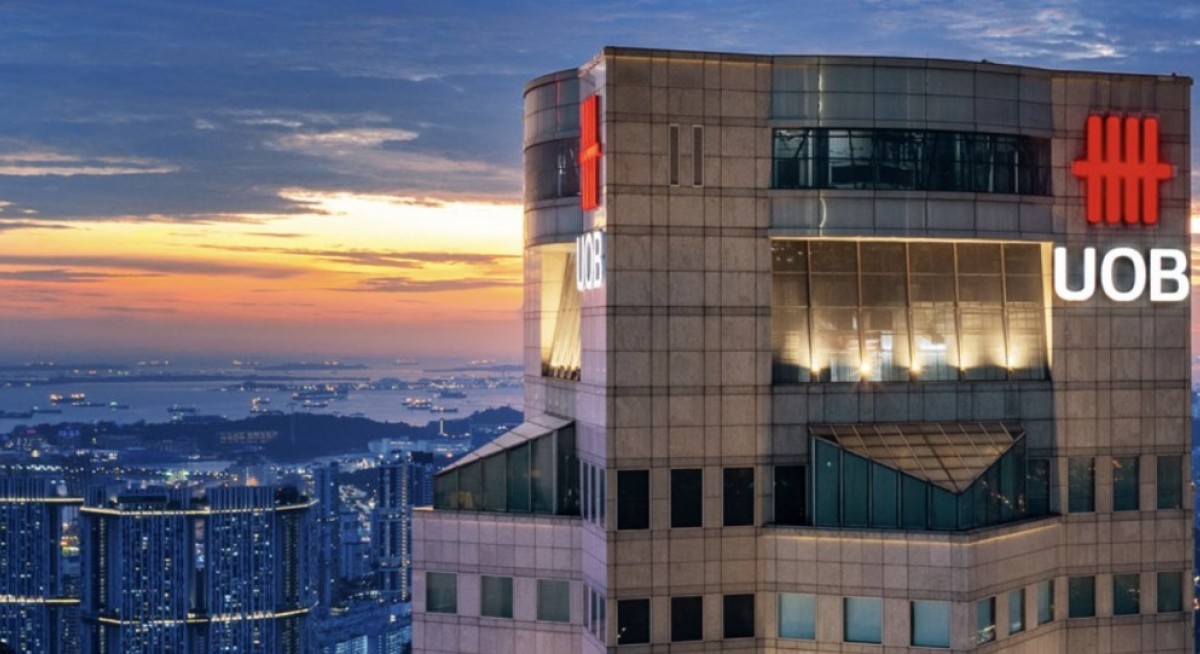“Over the last five years, we’ve helped 5,000 companies invest $50 billion [in Asean] and created a quarter million jobs. I see this trend accelerating with a more integrated Asean,” Chin says.
The accelerators are likely to be an increase in near-shoring, onshoring and localisation to be near customers. According to Chin, near-shoring and onshoring were triggered by four main factors: tariffs and geopolitics, intense competition between the US and China, a shift in the supply chain post-Covid-19 and expectations are high in speed to market.
“I see near-shoring as a strategy to achieve three objectives, business continuity to address the disruptive actions caused by the tariffs, to have a diversified presence in diffierent markets to avoid concentration risk, and to have supply chain flexibility because of both tariffs and regulations in different jurisdictions,” Chin says.
UOB has invested $800 million to build its cash management and financial supply chain management system to connect all the Asean countries and link up the markets, Chin adds. “We have 500 offices in Asean, more than $400 billion in assets and we have an AA rating,” he says.
See also: Race for talent is on as bankers brace for IPO boom in Vietnam
“As a growth strategy, we look at connecting FDI and trade flows. The key challenge is non-tariff barriers; these tariff uncertainties and intense US-China rivalry force Asean to have closer cooperation among the countries,” Chin says.
“I look at my competition; none of them can match my footprint in Asean. In cross-border solutions, I can compete better than a domestic bank in a domestic market. Our progress is on track to capture 5% of the addressable market of US$1.5 trillion, where we have a competitive advantage,” he indicates.




